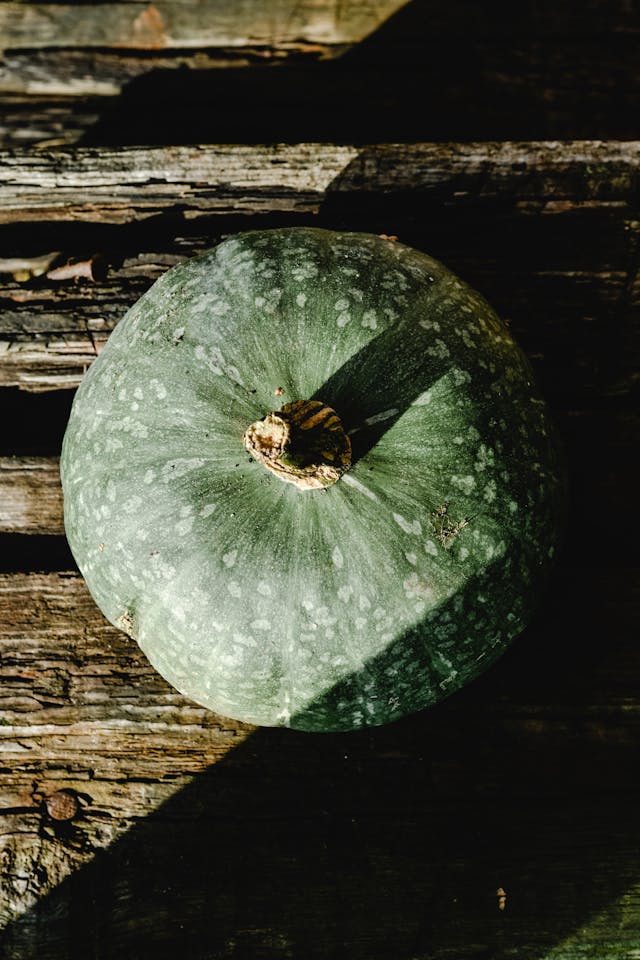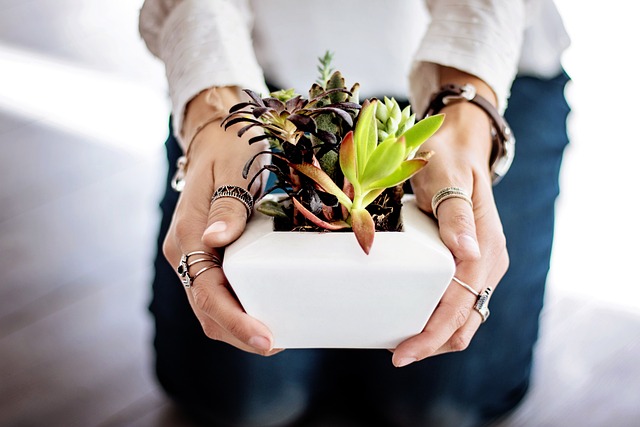Green pumpkins are easily distinguished by their deep green skin, which can range from a dark, almost black hue to a lighter, speckled green. When we think of pumpkins, the classic orange hue often comes to mind, symbolizing autumn and the festive spirit of Halloween. However, there’s another variety that’s gaining popularity for its unique color and versatility: the green pumpkin. This intriguing twist on a traditional fall staple offers a fresh perspective on cooking, decorating, and gardening. In this article, we’ll explore the many facets of green pumpkins and how they can add a distinctive touch to your fall season.
What Are Green Pumpkins?
Green pumpkins are essentially unripe pumpkins that have not yet turned orange. They come in various shades of green, from light to dark, and sometimes feature stripes or speckles. While they may look different on the outside, green pumpkins share many similarities with their orange counterparts in terms of texture and flavor, though they often have a slightly less sweet taste.
History and Origin
The green pumpkin, often overshadowed by its orange counterpart, has a rich history that spans across various cultures and regions. Originating in parts of Asia and South America, green pumpkins have been cultivated for centuries. In Japan, the Kabocha squash, a type of green pumpkin, is celebrated for its sweet, nutty flavor and dense texture. Similarly, in Central and South America, green pumpkins have been a staple in traditional dishes long before they gained popularity in other parts of the world.
Unlike the universally recognized orange pumpkin, which has strong ties to Halloween and Thanksgiving traditions in North America, the green pumpkin’s cultural significance varies. In many Asian countries, green pumpkins are prized for their culinary versatility and are commonly used in soups, stews, and tempura. This diverse history contributes to the green pumpkin’s unique charm and appeal.
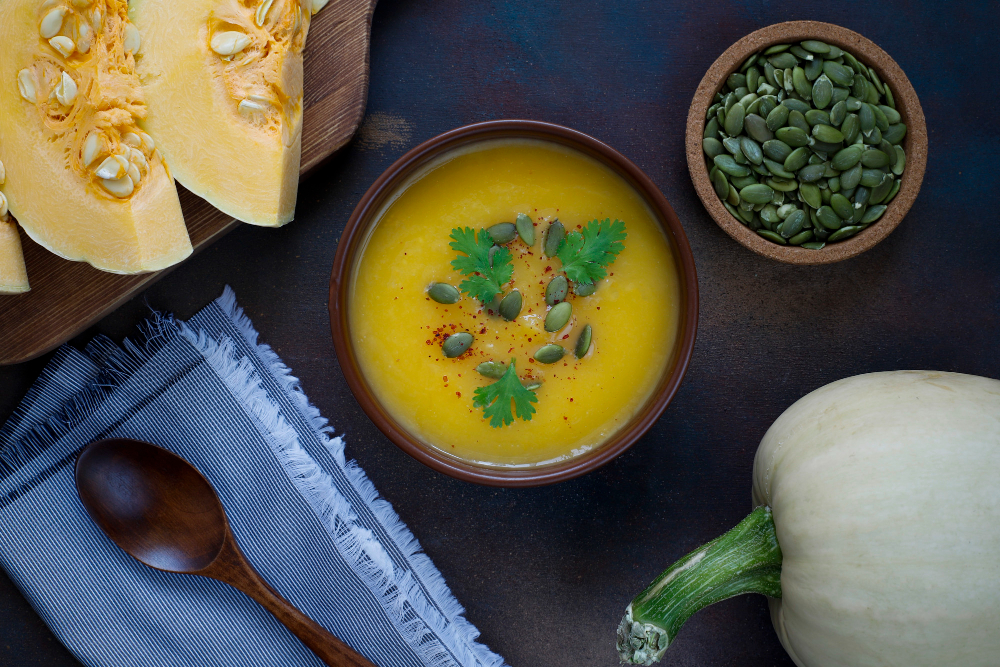
Culinary Uses of Green Pumpkins
Green pumpkins can be used in a variety of dishes, offering a unique flavor that can enhance your autumn cuisine. Here are some ideas to get you started:
Green Pumpkin Soup
A warm, hearty soup made from green pumpkins can be a delightful change from the traditional pumpkin soup. Simply peel and cube the green pumpkin, sauté with onions and garlic, then simmer in vegetable broth until tender. Blend until smooth and season with your favorite herbs and spices.
Roasted Green Pumpkin
Roasting green pumpkin slices with olive oil, salt, and pepper brings out a delicious, slightly nutty flavor. You can also add herbs like rosemary or thyme for extra aroma and taste. This makes for a great side dish or a healthy snack.
Green Pumpkin Pie
For a twist on the classic dessert, try making a green pumpkin pie. The preparation is similar to traditional pumpkin pie, but the green pumpkin gives it a unique color and flavor. Blend the cooked pumpkin with eggs, sugar, and spices, then bake in a pie crust until set.
Green Pumpkin Curry
Incorporate green pumpkin into your favorite curry recipe for a fresh, seasonal twist. Its firm texture holds up well in stews and curries, absorbing the flavors of the spices beautifully.
Nutritional Benefits
Green pumpkins are not just versatile; they are also packed with nutrients. They are a good source of vitamins A and C, which are important for immune function and skin health. Additionally, they provide dietary fiber, potassium, and antioxidants, making them a healthy addition to your diet.
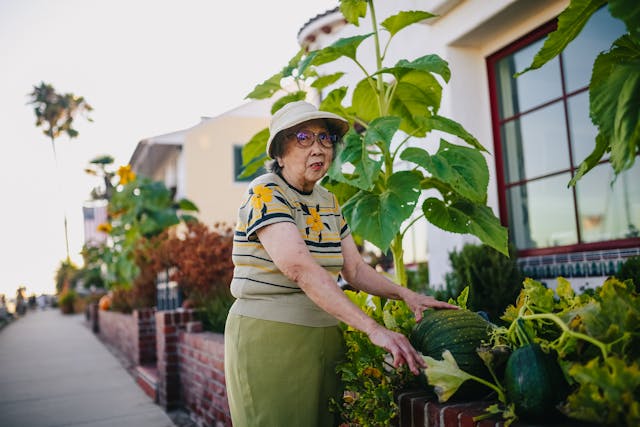
Growing Green Pumpkins
Harvesting green pumpkins requires careful timing and proper technique to ensure the best quality and flavor. Here are some detailed examples of how to harvest green pumpkins effectively:
Harvest Timing
- Maturity Indicators:
- Color Change: Green pumpkins, like the Kabocha squash, often show a deepening of their green color and the development of a matte finish rather than a shiny one.
- Stem Check: The stem should start to turn brown and feel hard to the touch. A soft, green stem indicates that the pumpkin is not yet mature.
- Days to Maturity: Depending on the variety, green pumpkins typically take 90 to 120 days from planting to reach maturity. Check the seed packet for specific days to maturity to guide your harvest timing.
- Weather Considerations:
- Frost Risk: Harvest pumpkins before the first frost of the season. Frost can damage the fruit and shorten its storage life.
- Dry Weather: Choose a dry day for harvesting to prevent excess moisture from promoting rot during storage.
Harvesting Techniques
- Cutting the Stem:
- Use sharp, clean pruning shears or a knife to cut the stem. Leave about 2-3 inches of stem attached to the pumpkin to help extend its shelf life.
- Avoid pulling the pumpkin off the vine as this can damage both the pumpkin and the vine.
- Handling with Care:
- Handle the pumpkins gently to avoid bruising or damaging the skin. Bruises and cuts can lead to decay during storage.
- Place harvested pumpkins in a shaded area to avoid prolonged exposure to sunlight, which can cause the skin to toughen.
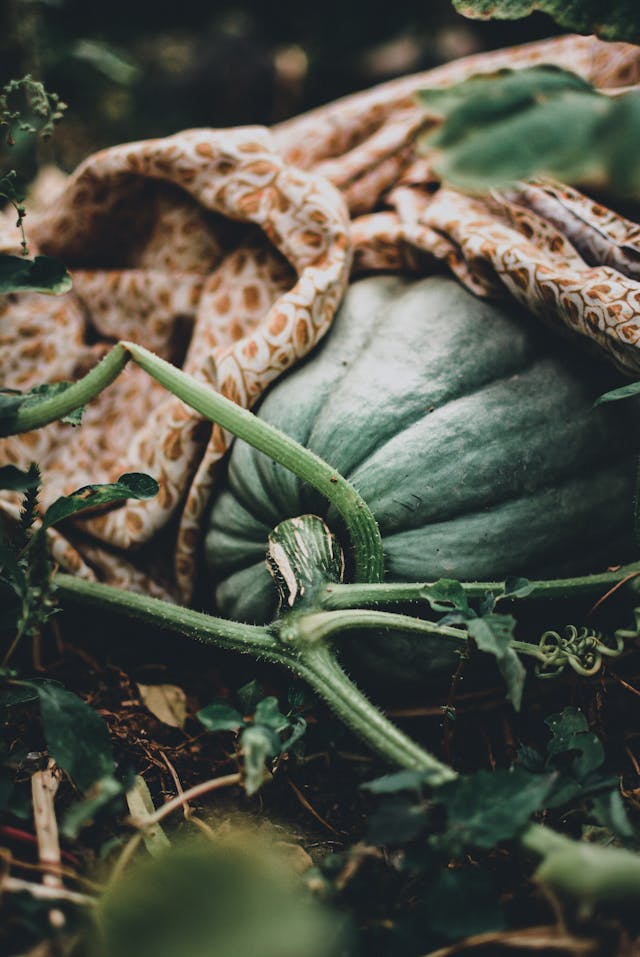
Curing and Storage
- Curing Process:
- Cure pumpkins by placing them in a warm (80-85°F), dry, and well-ventilated area for about 10 days. This process helps harden the skin and improve storage quality.
- After curing, store the pumpkins in a cool (50-55°F), dry place. Properly cured and stored green pumpkins can last for several months.
Examples from Different Regions
- Japan (Kabocha Squash):
- In Japan, Kabocha squash is a popular green pumpkin variety. Farmers typically harvest these in late summer to early fall. They use sharp knives to cut the squash from the vine, leaving a portion of the stem attached.
- After harvesting, the squash is cured for about 10 days to enhance its sweetness and improve storage life. It’s then stored in cool, dry conditions, often in traditional Japanese cellars.
- Central and South America:
- In regions like Mexico and Brazil, green pumpkins are often harvested by small-scale farmers. The timing is crucial to avoid the rainy season, which can increase the risk of rot.
- Farmers use machetes or sharp knives to harvest the pumpkins and often sell them at local markets soon after harvesting, emphasizing freshness and immediate use.
- United States:
- In the U.S., green pumpkins, including varieties like Buttercup and Hubbard, are harvested in early fall. Farmers monitor the color and hardness of the skin as indicators of maturity.
- Large-scale farmers may use specialized equipment to handle the pumpkins carefully, ensuring minimal damage during harvest and transport to storage facilities.
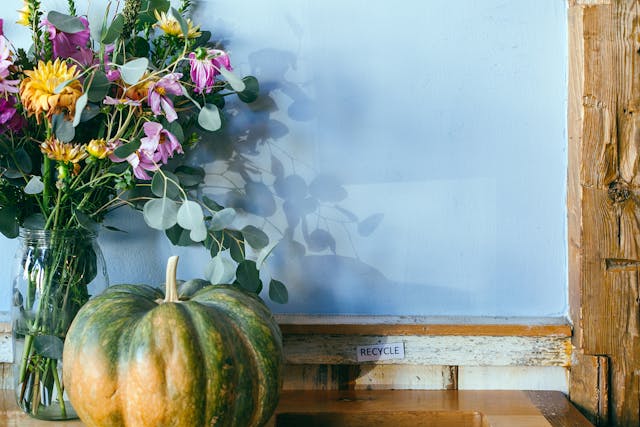
Decorating with Green Pumpkins
Green pumpkins aren’t just for eating; they also make for striking decor. Their unique color can add an unexpected twist to your fall decorations. Here are some ideas:
- Centerpieces
Create a stunning fall centerpiece by combining green pumpkins with candles, autumn leaves, and other seasonal items. The green hue will stand out beautifully against traditional fall colors.
- Outdoor Displays
Use green pumpkins in your outdoor displays, alongside hay bales, mums, and gourds. They can add a fresh, vibrant touch to your porch or garden.
- Carving
It can be carved just like their orange counterparts. Their firm texture makes them ideal for intricate designs, and the green skin adds a unique look to your jack-o’-lanterns.
Green pumpkins offer a unique twist on the classic fall favorite, providing new opportunities for culinary creativity, nutritional benefits, and decorative inspiration. Whether you’re looking to try new recipes, enhance your home’s autumn decor, or explore gardening, green pumpkins are a versatile and delightful choice. Embrace the charm of green pumpkins this season and discover the many ways they can enrich your fall experience.


